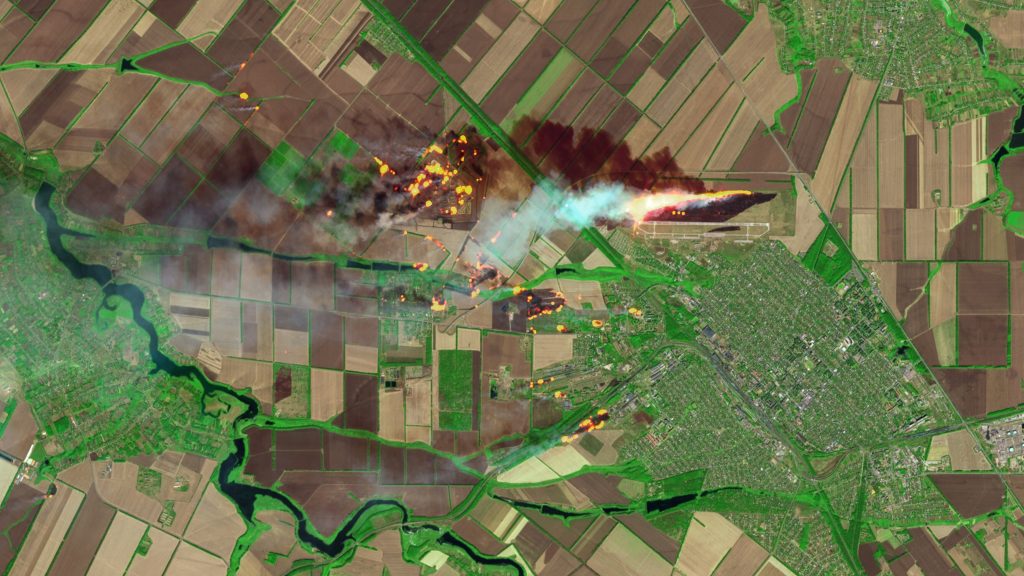By reaching deep into Siberia, Ukraine’s latest drone campaign not only damaged Russian bombers but also pierced the myth of Moscow’s invulnerability.
Others are reading now
After months of enduring deadly air raids, Ukraine has turned the tables with a bold and far-reaching drone attack that struck at the heart of Russia’s military airpower.
According to CNN, Kyiv claimed that its strike set fire to 41 long-range bombers and damaged 34% of Russia’s strategic cruise missile fleet.
The drone assault reportedly targeted airbases thousands of kilometers from Ukraine’s borders — including one as far as Belaya in Irkutsk, nearly halfway across Siberia. If Ukraine’s figures are accurate, a mere 117 low-cost drones caused damage estimated at $7 billion.
Russia’s Illusion of Invulnerability Starts to Crack
Russia’s vast geography and military depth have long been seen as its core strengths — assets that help Moscow endure both human and material losses.
Also read
But Ukraine’s precision strikes are increasingly piercing this illusion.
From the 2022 collapse of Russian lines in northern Ukraine after attacks on supply routes, to the 2023 strike on the strategic Kerch Bridge connecting Crimea, and last year’s daring incursion into Russia’s Kursk region — Ukraine has consistently shown an ability to hit beyond expectations.
This latest attack follows the same playbook: strike where the enemy feels safest and prove that even Siberia is within reach.
Drone Warfare Evolves
Ukraine’s use of drones has gone from improvisation to innovation. What started in 2023 as a limited capability has grown into a full-fledged strategic tool.
Naval drones have already damaged parts of Russia’s prized Black Sea fleet, and now, aerial drones are reaching deeper into Russian territory than ever before.
Meanwhile, Ukrainian defenses have improved.
Over the weekend, Kyiv reported it had successfully intercepted or jammed 382 out of 472 Iranian-made Shahed drones launched by Russia — the most intense drone wave of the war so far.
That level of success suggests advances in electronic warfare and missile defense, offering a glimmer of hope at a time when Western military aid, especially U.S. air defense support, has been under threat.
Military Impact and Psychological Shock
While it’s too soon to fully gauge the practical effect of the drone strike on Russia’s operational air force — with estimates suggesting Moscow had only about 20 Tu-95s and 60 Tu-22M3s remaining — the symbolic damage is undeniable.
These bombers have been central to Russia’s campaign of nightly attacks on Ukrainian cities. Hitting them not only reduces Russia’s ability to project airpower but also chips away at the perception that its war machine is unshakable.
“Even airfields deep in Siberia are not safe,” CNN’s analysis noted, underlining how the psychological effect could rival the physical loss.
The timing is significant.
The drone attacks came just as Ukraine and Russia entered their second round of peace talks in Turkey and amid wavering U.S. support. By demonstrating that it still has the will — and the tools — to strike hard, Ukraine may be hoping to send a message: even without heavy weapons parity, it can shift the momentum of the war.


